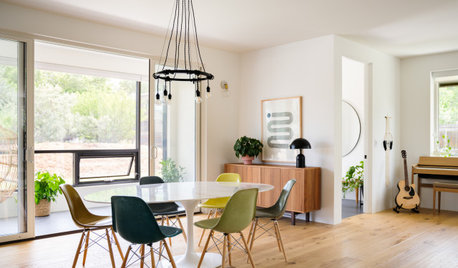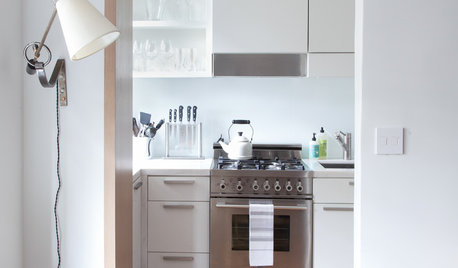Peace lily dying quickly - please help!
missbloom
13 years ago
Featured Answer
Sort by:Oldest
Comments (21)
gobluedjm 9/18 CA
13 years agoexoticrainforest
13 years agoRelated Professionals
Surprise Landscape Architects & Landscape Designers · Marco Island Landscape Architects & Landscape Designers · River Forest Landscape Architects & Landscape Designers · South Orange Landscape Architects & Landscape Designers · Towson Landscape Architects & Landscape Designers · Jackson Landscape Contractors · Stamford Landscape Contractors · Columbine Landscape Contractors · El Segundo Landscape Contractors · Fishers Landscape Contractors · Little Ferry Landscape Contractors · North Highlands Landscape Contractors · San Pedro Landscape Contractors · West Orange Landscape Contractors · Woodland Landscape Contractorsrhizo_1 (North AL) zone 7
13 years agoexoticrainforest
13 years agoexoticrainforest
13 years agopirate_girl
13 years agodellis326 (Danny)
13 years agogobluedjm 9/18 CA
13 years agoexoticrainforest
13 years agorhizo_1 (North AL) zone 7
13 years agotapla (mid-Michigan, USDA z5b-6a)
13 years agopirate_girl
13 years agoexoticrainforest
13 years agomissbloom
13 years agogobluedjm 9/18 CA
13 years agorhizo_1 (North AL) zone 7
13 years agoplantbliss
13 years agochristine1950
13 years agogreattigerdane
13 years agoHarshini Bhaya
4 years ago
Related Stories

DECLUTTERINGDownsizing Help: How to Edit Your Belongings
Learn what to take and what to toss if you're moving to a smaller home
Full Story
SUMMER GARDENINGHouzz Call: Please Show Us Your Summer Garden!
Share pictures of your home and yard this summer — we’d love to feature them in an upcoming story
Full Story
FEEL-GOOD HOME10 Tips for a More Peaceful Home
Turn your everyday living space into a serene retreat by clearing visual distractions, softening your lighting and more
Full Story
HOME OFFICESQuiet, Please! How to Cut Noise Pollution at Home
Leaf blowers, trucks or noisy neighbors driving you berserk? These sound-reduction strategies can help you hush things up
Full Story
PETS6 Ways to Help Your Dog and Landscape Play Nicely Together
Keep your prized plantings intact and your dog happy too, with this wisdom from an expert gardener and dog guardian
Full Story
PETSHow to Help Your Dog Be a Good Neighbor
Good fences certainly help, but be sure to introduce your pup to the neighbors and check in from time to time
Full Story
KITCHEN DESIGNKitchen of the Week: A Separate Peace for a Manhattan Studio
Savvy design tricks help a petite urban kitchen look not just separate, but visually distinct
Full Story
MOST POPULAR7 Ways Cats Help You Decorate
Furry felines add to our decor in so many ways. These just scratch the surface
Full Story
HOUZZ TOURSMy Houzz: 38 Years of Renovations Help Artists Live Their Dream
Twin art studios. Space for every book and model ship. After four decades of remodeling, this farmhouse has two happy homeowners
Full Story
LIFEDecluttering — How to Get the Help You Need
Don't worry if you can't shed stuff and organize alone; help is at your disposal
Full StoryMore Discussions









missbloomOriginal Author